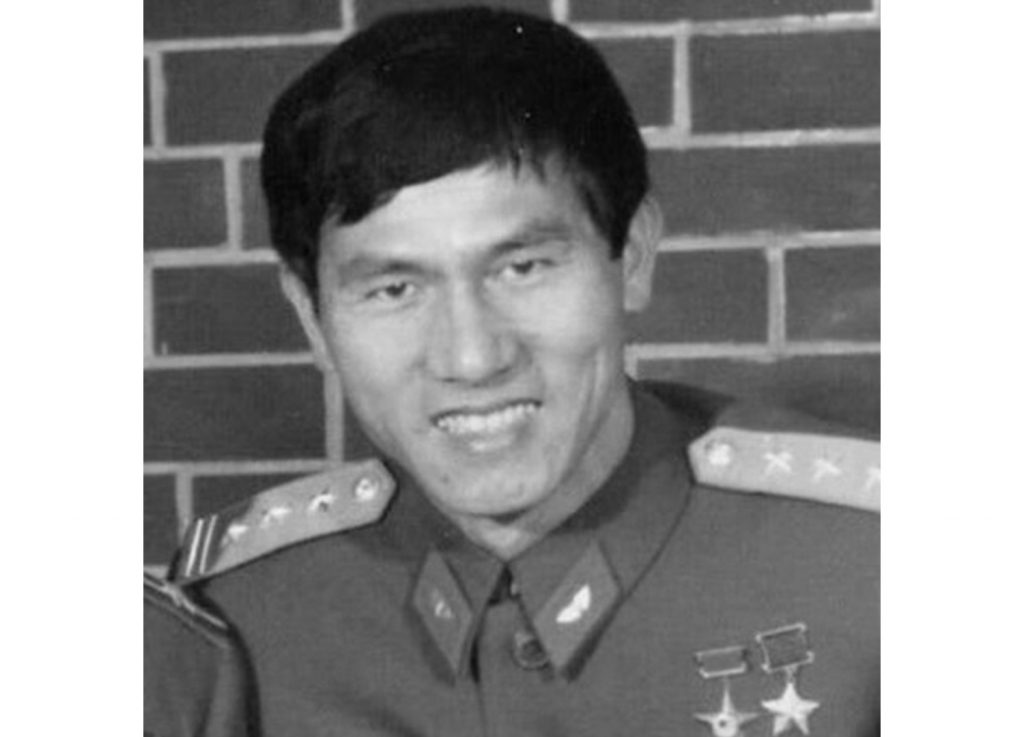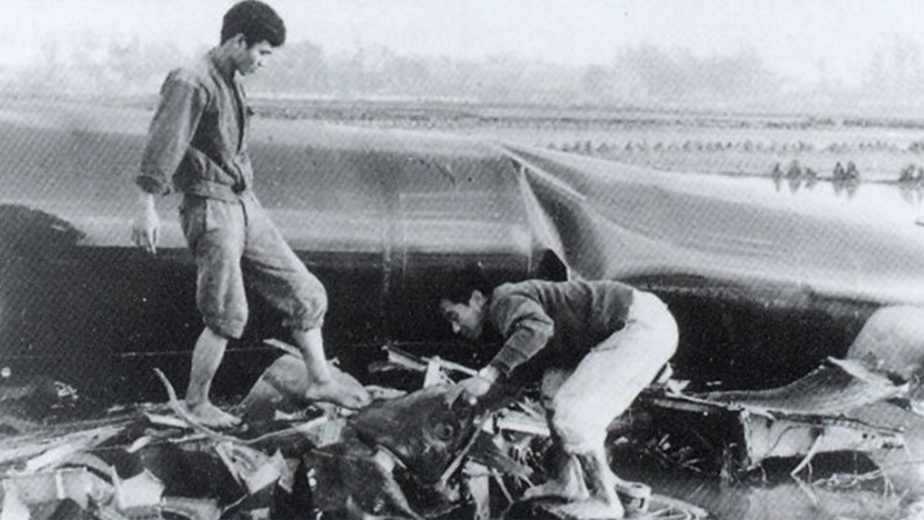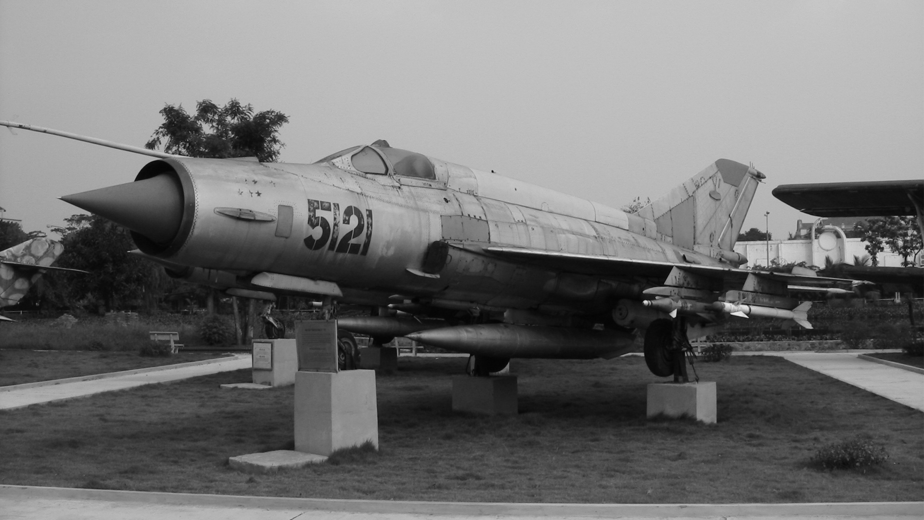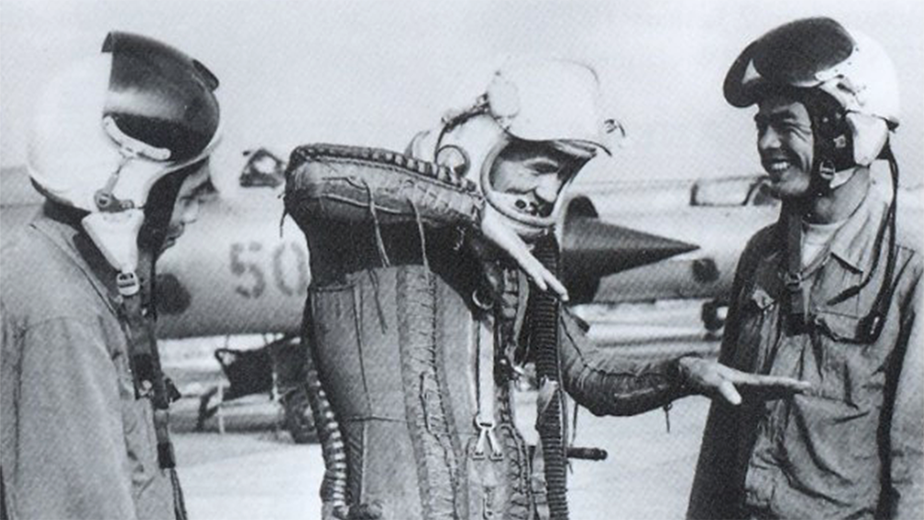2220hrs, December 27, 1972: Captain Pham Tuan took off from Yen Bai Air Base, Hanoi to intercept incoming USAF Boeing B-52 Stratofortress bombers.
Dodging MiGCAP F-4s, Tuan climbed to 20,000 feet. As Tuan raced to his IP, GCI kept him informed of the B-52 formation’s position and warned him of the escorting F-4s following the bombers. It was a carefully orchestrated intercept.

Once in position, Tuan began his visual search. He picks up the story: “I saw yellow lights in front of me, I increased my speed to 1200 km/h and climbed to 30,000 feet, where the B-52s were cruising. I radioed to the command: ‘I have the target in sight, request order for attack.’ The response came quickly: ‘You have permission to fire twice, then escape quickly’.”
Tuan made last-minute missile checks, then pushed the fire button on the control stick, launching two heat-seeking K-13 missiles from a very close range of two kilometers (the prescribed minimum safe range for launching Atoll missiles is eight kilometers).
As Tuan broke sharply to the left, he reported seeing “big flames” around the second B-52 in the formation. The mission was complete.
On the B-52, Capt. Frank Lewis, felt his bomber (callsign Cobalt-One), stop in mid-air, like a “car hitting a telephone pole”. The windshield disintegrated “like sugar glass” and the B-52’s controls went limp. Shrapnel had hit every member of the crew and the navigator, Lt. Bennie Fryer, and the EW officer, Maj. Allen Johnson were fatally injured. Cobalt-One was on fire and losing altitude fast. Capt. Realizing that he didn’t have much time, Capt. Lewis ordered the survivors to bail out.
Cobalt-One: B-52D Stratofortress (Sr. No. 56-0605), went down near Bac Ninh, 15 miles northeast of Hanoi, becoming the final casualty of Operation Linebacker II. The four crew members who ejected from the stricken bomber were taken prisoner by the North Vietnamese.

Capt. Pham Tuan, in his MiG-21MF “Fishbed-J” (Sr. No. 5121) recovered safely at Yen Bai Air Base. Based on Tuan’s report he was credited with bringing down a B-52 – the first B-52 downed in aerial combat.
Did Capt. Pham Tuan shoot down a B-52 on the night of December 27, 1972?
The downing of Cobalt-One has been a cause of much debate. Vietnamese sources credit the kill to Tuan; American sources, however, are adamant that no B-52s were ever lost to MiGs in Vietnam.
Post war analysis (including crew testimonials) suggest that Cobalt-One was downed by SA-2 SAMs launched by the 72nd Missile Battalions stationed near Trung Quang railyard (the bomber’s intended target). Three missiles were fired. Cobalt-One evaded two, but the third struck the bomber near the forward wheel well – which explains the cockpit damage and casualties described by Capt. Lewis.
Analysis further indicates that the K-13 Atolls fired by Capt. Tuan’s MiG-21 missed their intended target. Distances are difficult to judge at night and what Tuan saw as he broke away from his attack was Cobalt-One being hit and destroyed by a SAM.

References:
Toperczer István. (2001). MiG-21 Units of the Vietnam War. Oxford: Osprey Publishing Ltd.
Michel, M., 2002. The Eleven Days Of Christmas. San Francisco, Calif.: Encounter Books.

